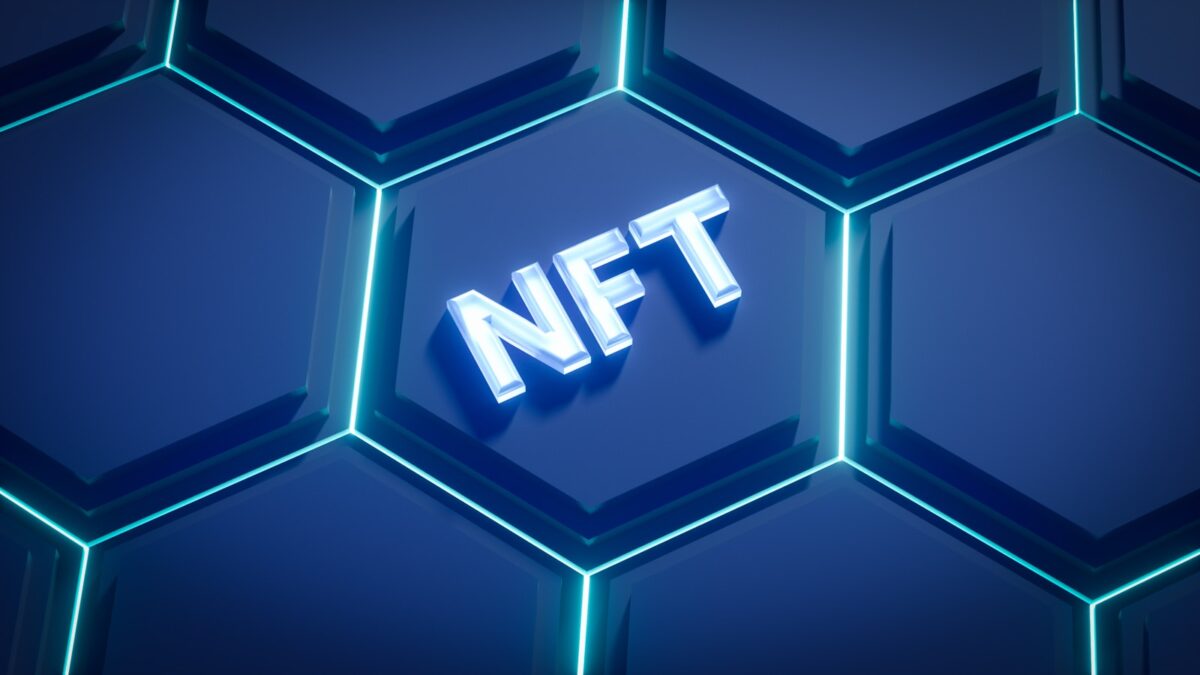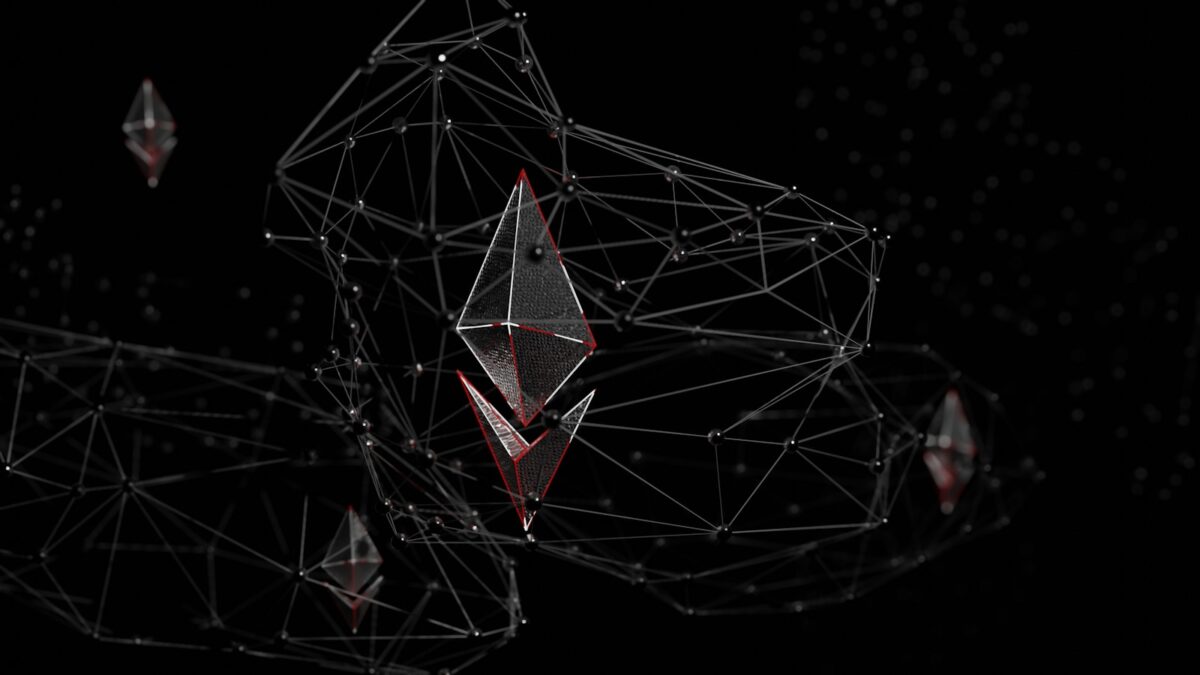
Cryptocurrency interoperability explained

Achieving seamless data transfer and asset exchange between different blockchains requires robust connectivity solutions. Protocols based on shared standards enable heterogeneous networks to communicate without compromising security or decentralization. Exploring these mechanisms reveals how bridges and cross-chain frameworks facilitate the flow of information, expanding the capabilities of decentralized ecosystems.
Bridges act as translators that convert transaction formats and consensus proofs across independent ledgers, allowing tokens or smart contract states to move fluidly between chains. Adopting interoperable standards reduces friction by providing common languages for interaction, thereby enhancing composability among diverse blockchain architectures. This compatibility is foundational for creating an integrated environment where decentralized applications can leverage multi-chain resources effectively.
Analyzing current implementations uncovers a layered approach: from atomic swaps enabling direct token exchanges to more complex relay systems that verify events on foreign ledgers. Each technique balances trade-offs in latency, trust assumptions, and scalability. Understanding these models equips researchers and developers with practical insights for designing resilient multi-network solutions that push forward the evolution of distributed ledger technology.
Cryptocurrency interoperability explained
To achieve seamless communication between different blockchain networks, it is essential to implement robust cross-chain solutions. These mechanisms enable assets and data to move fluidly across distinct protocols, enhancing the overall ecosystem connectivity. Without such integration, each blockchain remains isolated, limiting the scope of decentralized applications and asset utility.
The fundamental challenge lies in establishing uniform standards that support consistent transaction validation and message passing across heterogeneous networks. Protocols like Polkadot’s Relay Chain or Cosmos’ Inter-Blockchain Communication (IBC) exemplify how standardized frameworks facilitate secure and efficient cross-chain interaction. These standards provide a foundation for diverse blockchains to synchronize states and exchange information reliably.
Technical approaches to cross-network integration
Bridges serve as pivotal components in enabling interoperability by acting as trust-minimized connectors between separate chains. For instance, Wrapped Bitcoin (WBTC) leverages a bridge mechanism to represent Bitcoin on Ethereum’s network, allowing BTC holders to participate in Ethereum-based decentralized finance applications. Bridges rely on various consensus models, such as federated or trustless multi-signature schemes, balancing security with performance demands.
Differing architectures require tailored solutions; while some projects employ relay-based systems that monitor events on one chain before triggering actions on another, others utilize hashed time-lock contracts (HTLCs) for atomic swaps between incompatible blockchains. This diversity reflects the complexity inherent in maintaining consistency and finality during inter-network transactions without compromising decentralization principles.
- Ecosystem diversity: Networks like Ethereum, Binance Smart Chain, Solana, and Avalanche exhibit distinct consensus algorithms and smart contract languages.
- Connectivity challenges: Variations in block times and throughput affect synchronization accuracy when bridging assets.
- Security considerations: Bridge vulnerabilities have historically led to significant exploits emphasizing the need for rigorous audits.
An experimental case study from Cosmos demonstrates how its IBC protocol enables tokens to transfer securely between independent chains by using a standardized packet format verified through light clients embedded within each chain’s architecture. This approach offers a modular path toward scalable ecosystem expansion without centralized intermediaries.
The evolution of interoperable frameworks invites continuous research into enhancing efficiency while minimizing trust assumptions. Developers are encouraged to investigate emerging Layer 2 rollups and zero-knowledge proof systems as promising avenues for extending connectivity. Understanding these components through hands-on experimentation can uncover practical insights into designing resilient multi-chain infrastructures that preserve user autonomy and transactional integrity.
How cross-chain communication works
Effective communication between different blockchains relies on established protocols that enable seamless data transfer and asset movement across networks. This connectivity is achieved through specialized mechanisms such as relayers, bridges, and oracles, which translate and verify information while maintaining security guarantees. The integration of these components allows distinct chains to interact without compromising their individual consensus rules.
One foundational approach involves locking assets on one chain and minting equivalent tokens on another, a process known as wrapped tokenization. For instance, wrapped Bitcoin (WBTC) operates by locking BTC in custodial wallets while issuing ERC-20 tokens on Ethereum, facilitating liquidity flow between two ecosystems. This method requires strict adherence to standards ensuring accurate representation and preventing double-spending during cross-chain transfers.
Technical pathways enabling cross-chain data exchange
Protocols such as Inter-Blockchain Communication (IBC) offer standardized frameworks for message passing between blockchains with compatible architectures. IBC employs a handshake procedure where both chains establish trusted connections via light clients that verify state changes cryptographically. These light clients maintain minimal blockchain state to validate incoming transactions securely without full node dependencies.
Another technique leverages hash time-locked contracts (HTLCs), which create conditional transactions executable only when cryptographic proofs are presented within specific timeframes. HTLCs underpin atomic swaps allowing peer-to-peer trades between incompatible networks without intermediaries. These contracts enforce trustless settlement by ensuring either both parties fulfill obligations or funds revert automatically.
The diversity of blockchain designs necessitates adaptive solutions for interoperability challenges. Projects like Polkadot utilize parachains connected through a relay chain that aggregates consensus and facilitates cross-network messaging internally. This architecture ensures high throughput and low latency while preserving sovereignty of each parachain’s operational logic.
The implementation of common communication standards remains critical for expanding multi-chain collaboration capabilities. Open protocols encourage developers to design modular tools that facilitate secure asset transfers, messaging, and execution of smart contracts spanning heterogeneous environments. As the ecosystem evolves, continuous refinement of these standards supports scalability alongside enhanced composability.
The experimental nature of multi-ledger interaction invites ongoing research into trust models and verification techniques minimizing reliance on centralized authorities. By investigating cryptographic proofs such as zero-knowledge succinct non-interactive arguments of knowledge (zk-SNARKs), future frameworks aim to reduce overhead while preserving privacy during cross-network operations. Such advancements promise increased automation in integrating disparate blockchains into cohesive distributed applications accessible across various platforms.
Tools Enabling Token Transfers
Effective token transfers across different blockchains rely heavily on specialized tools that facilitate cross-chain communication and connectivity. Bridges serve as primary instruments within this ecosystem, enabling the transfer of tokens by creating a secure link between two distinct blockchain networks. These bridges operate by locking tokens on one chain while minting equivalent tokens on another, ensuring value consistency across platforms. For example, the Polygon Bridge allows Ethereum-based assets to move seamlessly onto the Polygon network by following predefined protocols and standards that guarantee transaction finality and security.
Standards play a crucial role in the integration of various blockchains, acting as common languages that enable smooth interoperability between disparate systems. Protocols such as the Inter-Blockchain Communication (IBC) protocol provide a framework for standardized data packets exchange, allowing different ecosystems to interact without compromising decentralization or security. This standardization reduces complexity and increases reliability when transferring tokens or executing smart contracts across multiple chains.
Technical Mechanisms and Case Studies
Bridges implement diverse technical mechanisms ranging from custodial models to decentralized validation approaches. Custodial bridges rely on trusted intermediaries holding assets during transfers, which can introduce centralization risks but offer higher throughput. In contrast, decentralized bridges employ multi-signature schemes or threshold cryptography to validate transactions through consensus among independent validators, enhancing trustlessness. The Wormhole bridge exemplifies a decentralized model connecting Solana with Ethereum and Binance Smart Chain, using a network of guardians to confirm cross-chain messages securely.
Integration tools also include relayers and oracle services that maintain up-to-date state information between blockchains, facilitating real-time token movements. Relayers monitor events on source chains and relay proofs to target chains where smart contracts execute corresponding actions. Practical experimentation with these components reveals challenges such as latency, finality discrepancies, and potential attack vectors like replay attacks or double spending attempts. Addressing these issues requires continuous research into improved cryptographic proofs and adaptive consensus mechanisms tailored for heterogeneous blockchain environments.
Challenges in Protocol Integration
Effective integration between distinct blockchain protocols requires overcoming fundamental differences in architecture, consensus mechanisms, and data formats. Each network implements unique transaction validation rules and state management models, complicating direct communication channels. Without harmonized standards, establishing reliable connectivity demands intricate bridging solutions that translate and verify cross-network activities securely.
Bridges often serve as intermediaries to enable interoperability across ecosystems; however, their design poses significant risks related to security and latency. For instance, a bridge must maintain synchronized states between heterogeneous chains while preventing double-spending or replay attacks. Maintaining atomicity of transactions during cross-chain transfers remains a technical obstacle due to the asynchronous nature of many blockchains.
Technical Barriers in Cross-Protocol Communication
Diverse underlying protocols challenge seamless integration by requiring adapters capable of interpreting incompatible message formats and cryptographic primitives. For example, Bitcoin’s UTXO model contrasts with Ethereum’s account-based system, necessitating complex conversion logic within bridges or relayers. Ensuring trustless verification mechanisms across such fundamentally different systems is critical to avoid reliance on centralized components.
The absence of universal standards for data encoding and event signaling exacerbates these challenges. Projects like Polkadot attempt to unify communication through standardized protocols such as XCMP (Cross-Chain Message Passing), yet broad adoption remains limited. This fragmented approach leads to multiple isolated solutions rather than a cohesive multi-chain ecosystem.
- Consensus finality differences: Variability in confirmation times affects synchronization accuracy.
- Asset representation: Token wrapping methods introduce complexity and potential vulnerabilities.
- Smart contract compatibility: Disparities in scripting languages limit direct functionality sharing.
The integration process also faces scalability constraints as bridging operations generate additional overhead on involved networks. Increased transaction volume from cross-chain interactions can congest nodes and inflate fees, thereby affecting user experience and economic viability within interconnected environments.
Experimental frameworks combining layer-2 solutions with protocol-specific bridges illustrate promising avenues but require extensive testing under realistic conditions. Continuous iteration on standardization efforts alongside rigorous security audits is necessary to enhance trustworthiness and efficiency of multi-protocol connectivity mechanisms.
Use Cases for Interoperable Chains
Prioritize establishing robust communication protocols and standardized bridges to enhance cross-chain data transfer and asset mobility between different blockchains. Effective integration relies on well-defined standards that ensure seamless connectivity, minimizing latency and security risks inherent in multi-ledger environments.
Emerging applications demonstrate how interoperability enables composability across decentralized finance platforms, supply chain networks, and identity verification systems. For instance, DeFi protocols benefit from liquidity aggregation via interoperable pools, while enterprise solutions leverage cross-chain oracles to synchronize off-chain data efficiently.
Technical Implications and Future Directions
- Cross-chain Bridges: Optimizing trust assumptions and cryptographic proofs within bridges will reduce vulnerabilities and improve transaction finality across heterogeneous ledgers.
- Communication Layers: Layered messaging protocols that abstract blockchain-specific logic facilitate modular integration, allowing developers to build scalable multi-chain dApps without redundant code.
- Interchain Standards: Adoption of universal data formats and interaction schemas will accelerate interoperability by enabling diverse ecosystems to interpret and validate transactions consistently.
The trajectory points toward an interconnected network of blockchains functioning as a unified infrastructure rather than isolated silos. As these connections mature, experimental architectures such as relay chains, sidechains, and light client verifications will play pivotal roles in achieving higher throughput and resilience.
Continued research into asynchronous consensus coordination and atomic composability promises to unlock complex workflows spanning multiple distributed ledgers. Investigators are encouraged to explore adaptive routing algorithms for message passing that optimize resource usage without compromising security guarantees across disparate systems.


